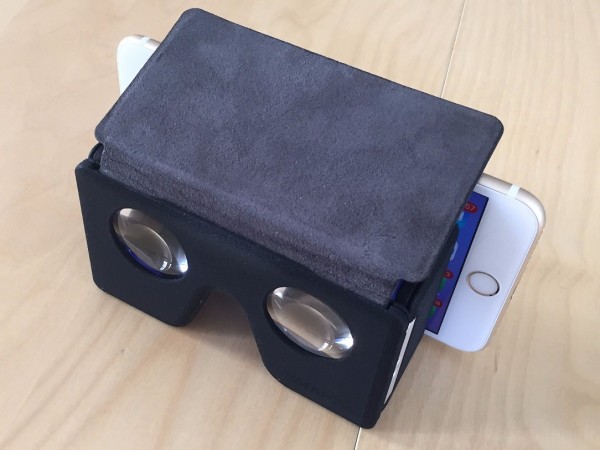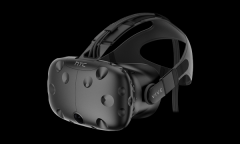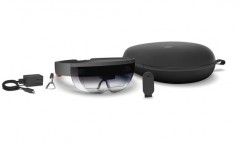By Steve Pak, | March 07, 2016

Dodocase SmartVR Headset:
Google Cardboard with its $20 price tag has become the most famous budget virtual reality headset, teaming up with The New York Times, LG, and Volvo for content, and partnering with Mattel to launch a VR version of View-Master. Phone and tablet case maker Dodocase became the first company to manufacture and sell Cardboard devices and sold 15,000 units in three weeks after Google's introduction of the VR headset at the 2014 I/O keynote. The San Francisco-based company is now unveiling its new vinyl device on crowdfunding site Indiegogo.
Like Us on Facebook
SmartVR is made mostly from glass-filled nylon and man-made polymers, according to Engadget. The goggles are basically a portable version of the Cardboard headset.
However, the budget VR device also has a strong construction. It has metal hinges, faux leather lens cover, and a magnet to secure the unit.
The lenses are 34mm biconvex acrylic. When folded up the SmartVR headset is very slim, fits into most pockets, and lightweight at 3.2 ounces (91 grams).
VR headset owners can flip open the device to see two slots for a smartphone between 6mm and 12.5 mm thick.
After loading the smartphone is loaded the cover blocks ambient (surrounding) light. This helps to create a more immersive experience.
When operating SmartVR in a low-light area users could slide out the cover. Dodocase CEO Craig Dalton explains this creates a chance for advertisers to build custom covers.
The company made the new vinyl VR goggles after getting a green light from Google and it meets all Made for Cardboard specs.
In other VR headset news it was revealed last month that Google is reportedly working on new VR goggles that would challenge Samsung's Gear VR. The Nexus-style VR headset would probably be unveiled with a new version of Android OS.
However, it seems the Alphabet company is also developing a stand-alone unit that does not require a smartphone or PC to operate, according to The Wall Street Journal.
WSJ sources share the device will include a screen, powerful processors, and outward-facing cameras. It will be a mid-range device between the original Cardboard and high-end units including Oculus Rift and HTC Vive.
Here's a comparison of Cardboard version 1/2:
-
Use of Coronavirus Pandemic Drones Raises Privacy Concerns: Drones Spread Fear, Local Officials Say

-
Coronavirus Hampers The Delivery Of Lockheed Martin F-35 Stealth Fighters For 2020

-
Instagram Speeds Up Plans to Add Account Memorialization Feature Due to COVID-19 Deaths

-
NASA: Perseverance Plans to Bring 'Mars Rock' to Earth in 2031

-
600 Dead And 3,000 In The Hospital as Iranians Believed Drinking High-Concentrations of Alcohol Can Cure The Coronavirus

-
600 Dead And 3,000 In The Hospital as Iranians Believed Drinking High-Concentrations of Alcohol Can Cure The Coronavirus

-
COVID-19: Doctors, Nurses Use Virtual Reality to Learn New Skills in Treating Coronavirus Patients











